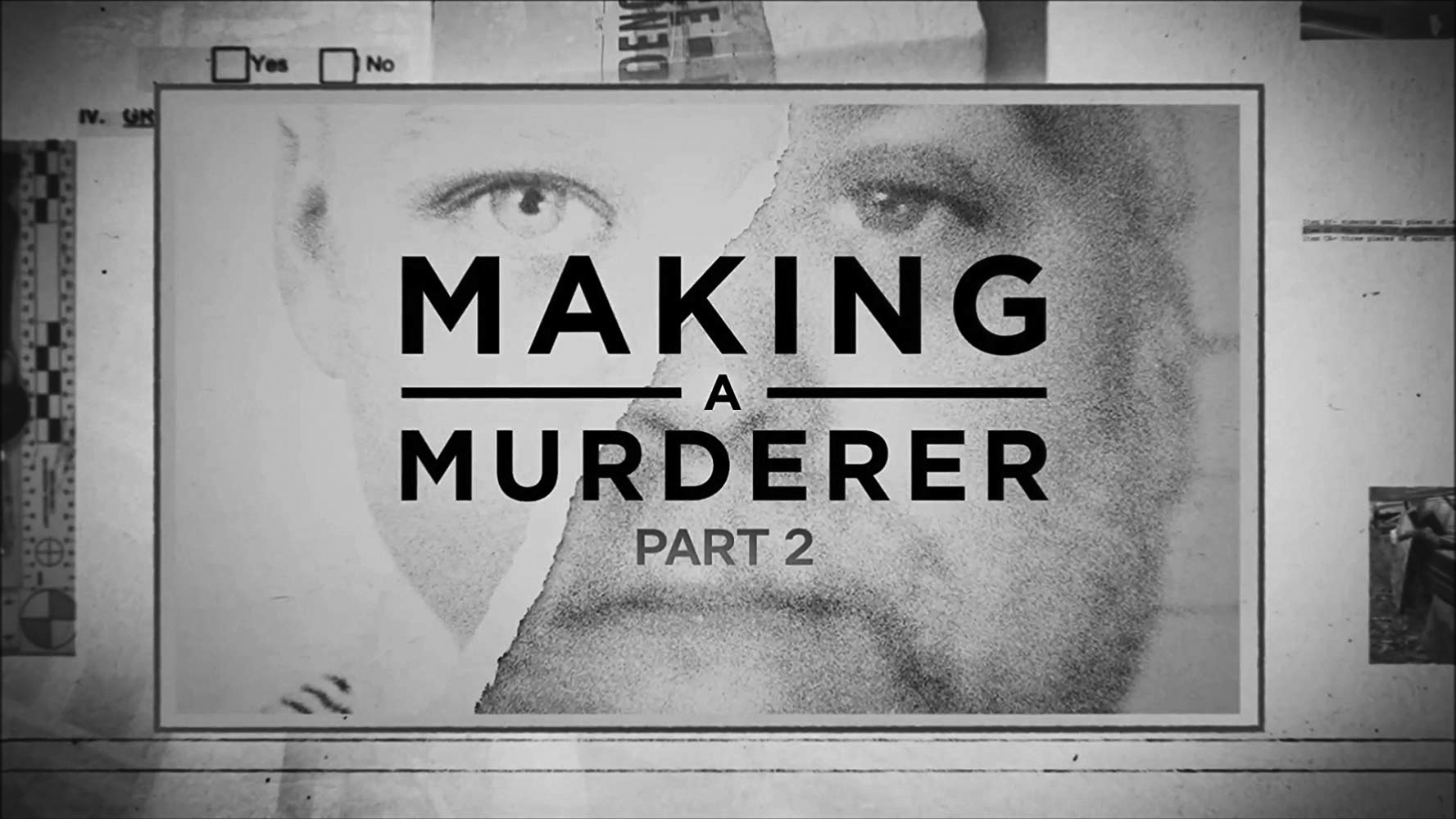By Patricia Pixler
Student Reporter
The documentary “Making a Murderer” became a global phenomenon when it was released on Netflix in December 20a15. The series follows Steven Avery and his nephew Brenden Dassey, both convicted of a horrific rape and murder in Wisconsin.
The story becomes complex because Avery served a prison sentence for sexual assault and attempted murder — a crime he was exonerated from by DNA after 18 years. The series follows the theory that Avery was framed by law enforcement of the county he lived in. During Avery’s $36 million civil lawsuit against the county, a woman goes missing. She’s last known to be on
Avery’s property and her car is later found hidden there.
Dassey, a low-IQ individual aged 16 at the time, admits to raping and murdering the woman and says his uncle coerced him. He later tells his mother he had gotten confused and everything was made-up. Avery accepts $400,000 from the civil lawsuit to pay for defense attorneys. Both Avery and Dassey are charged and ultimately convicted. The first season ends with their families struggling to accept the verdicts.
“Making a Murderer: Part 2” premiered October 19. It picks up with both Avery and Dassey trying to get exonerated. Dassey is now represented by a team of lawyers from The Center for Wrongful Convictions of Youth out of Chicago who argue Dassey’s confession was clearly coerced. Avery is now represented by lawyer Kathleen Zellner, who has overturned 17 wrongly convicted verdicts nationwide.
Zellner proves from the beginning that she is a force to be reckoned. Frequent scenes are shot in her law office where the walls are full of media about her and her wins. If not in the office, she is hands-on testing evidence with her team.
“I told Steven Avery the same thing I tell everyone,” Zellner says in the documentary. “If you hire me and you’re guilty, trust me, I’ll do a way better job than the prosecutors. I will find out if you are guilty.”
Through the ten episodes, Zellner does find evidence that was left out of Avery’s trial, including violent porn on a computer and multiple locations of bones. She also brings in numerous experts to test the evidence presented in the trial by the prosecution.
“They were duped. Completely duped,” Zellner says in reference to Avery’s trial attorneys.
In addition, Zellner finds evidence of three other suspects who may have been involved in the crime. Evidence also continues to build that Manitowoc County tampered with the scene to frame Avery.
The season brings up and downs for both Avery and Dassey. Avery’s romantic life is complicated with a dedicated ex-girlfriend protecting him and a new girlfriend appearing. Dassey, at one point, is ordered for release before the state stops the ruling. His lawyers fight the new decision. His mother struggles to change state law while being tugged back and forth by the court’s decisions on whether her now 29-year-old son will be released.
Avery’s worry about his aging parents playing out on screen as his mother’s health declines, and his father frets about the family’s failing business and whether he and his wife will die before Avery is released.
While at times the personal scenes come across as awkward or prying, the drama and suspense in the “Making a Murderer: Part 2” is never a disappointment. Equal parts heartbreaking drama and whodunit mystery, we see inside the lives of a family torn upside-down not only because of two convictions, but an original wrongful conviction that took 18 years to solve. Four-and-a-half stars out of five.

